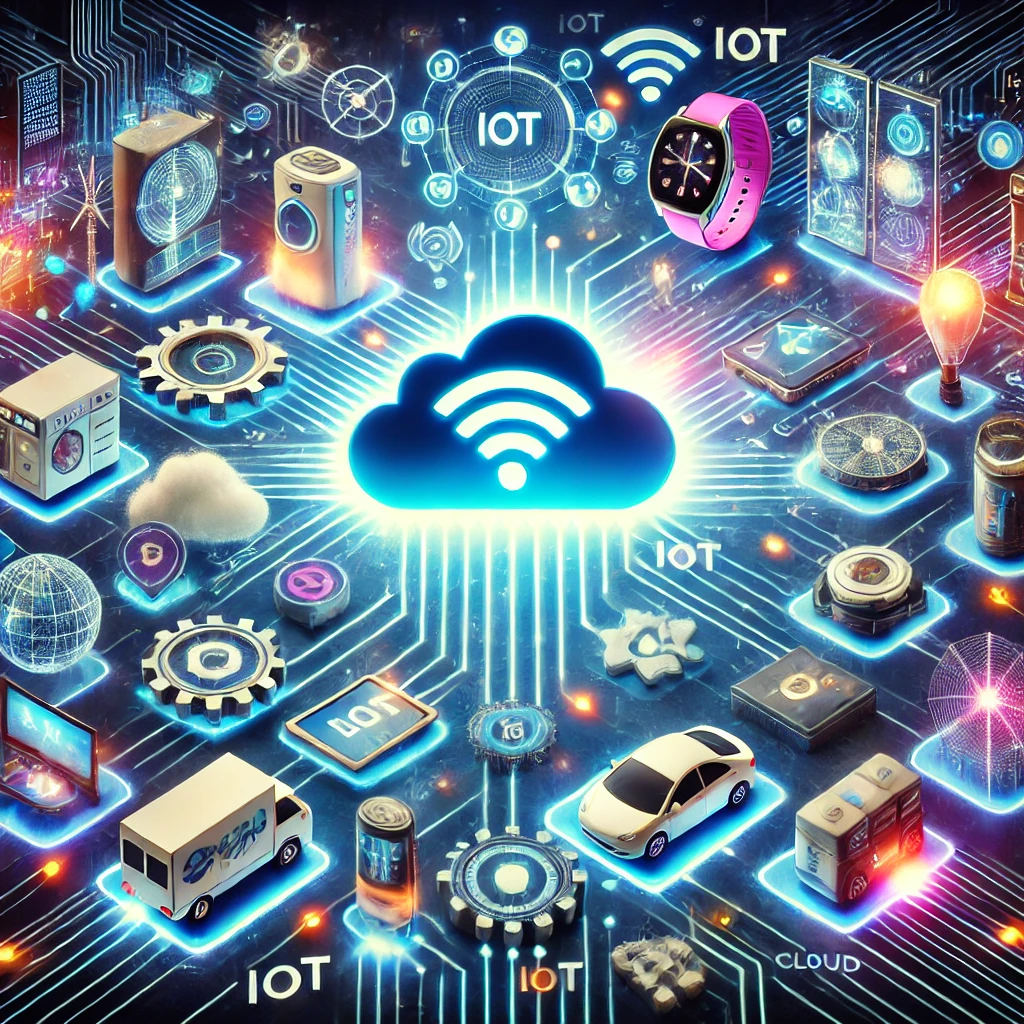IoT Security Challenges: A Comprehensive Guide

Categories:
4 minute read
Understanding the Internet of Things (IoT)
The Internet of Things (IoT) refers to the interconnected network of physical devices, vehicles, home appliances, and other objects embedded with electronics, software, sensors, and network connectivity. These devices are capable of collecting and exchanging data. While IoT has revolutionized various industries, it has also introduced new security vulnerabilities.
IoT Security Challenges
Device Proliferation and Complexity: The sheer number and diversity of IoT devices make it challenging to manage and secure them all. Many IoT devices have limited processing power and memory, making it difficult to implement robust security measures.
Lack of Standardization: The lack of standardized security protocols and practices for IoT devices creates a fragmented landscape, making it difficult to ensure consistent security levels.
Vulnerable Supply Chains: IoT devices often involve complex supply chains, increasing the risk of malicious actors introducing vulnerabilities into the devices.
Weak Default Credentials: Many IoT devices come with weak or default passwords, making them easy targets for hackers.
Software Updates and Patches: IoT devices often lack regular software updates and security patches, leaving them vulnerable to known vulnerabilities.
Data Privacy and Security: IoT devices collect and transmit large amounts of personal data, raising concerns about data privacy and security.
Side-Channel Attacks: IoT devices can be vulnerable to side-channel attacks, which exploit physical characteristics of the device to extract sensitive information.
Distributed Denial of Service (DDoS) Attacks: IoT devices can be compromised and used to launch DDoS attacks, overwhelming networks and services.
Man-in-the-Middle Attacks: Malicious actors can intercept and manipulate data transmitted between IoT devices, compromising the security of communications.
Physical Security: IoT devices are often deployed in physical environments, making them vulnerable to physical attacks, such as tampering or theft. Addressing IoT Security Challenges
Strong Authentication and Authorization: Implement robust authentication and authorization mechanisms to control access to IoT devices and data.
Secure Communication Protocols: Use secure communication protocols, such as HTTPS and TLS, to protect data transmitted between IoT devices and other systems.
Regular Software Updates: Ensure that IoT devices receive regular software updates and security patches to address known vulnerabilities.
Secure Default Configurations: Configure IoT devices with strong default passwords and disable unnecessary features.
Data Encryption: Encrypt sensitive data transmitted by IoT devices to protect it from unauthorized access.
Access Control Lists (ACLs): Use ACLs to restrict network access to IoT devices and limit the data they can transmit.
Network Segmentation: Isolate IoT devices from critical network infrastructure to minimize the impact of a compromise.
Security Awareness Training: Educate employees about IoT security risks and best practices.
Incident Response Planning: Develop an incident response plan to address security breaches effectively.
IoT Security Standards: Support the development and adoption of IoT security standards and guidelines. IoT Security Best Practices
Vendor Due Diligence: Carefully evaluate IoT vendors and their security practices before purchasing devices.
Security by Design: Incorporate security into the design and development of IoT devices from the beginning.
Continuous Monitoring: Monitor IoT networks and devices for signs of compromise.
Risk Assessment: Conduct regular risk assessments to identify and address potential vulnerabilities.
Regulatory Compliance: Ensure compliance with relevant IoT security regulations, such as the General Data Protection Regulation (GDPR) and the California Consumer Privacy Act (CCPA). IoT Security Trends and Future Outlook
AI and Machine Learning: AI and machine learning technologies are being used to detect and respond to IoT security threats more effectively.
Blockchain: Blockchain technology can be used to secure IoT data and transactions.
Edge Computing: Moving processing power closer to IoT devices can improve security and reduce latency.
Quantum Computing: Quantum computing may pose new security challenges for IoT devices. Conclusion
IoT security is a complex and evolving landscape. By understanding the key challenges and implementing appropriate security measures, organizations can mitigate the risks associated with IoT devices and protect their data and operations. As the IoT continues to grow, it is essential to stay informed about the latest security threats and best practices.
Feedback
Was this page helpful?
Glad to hear it! Please tell us how we can improve.
Sorry to hear that. Please tell us how we can improve.